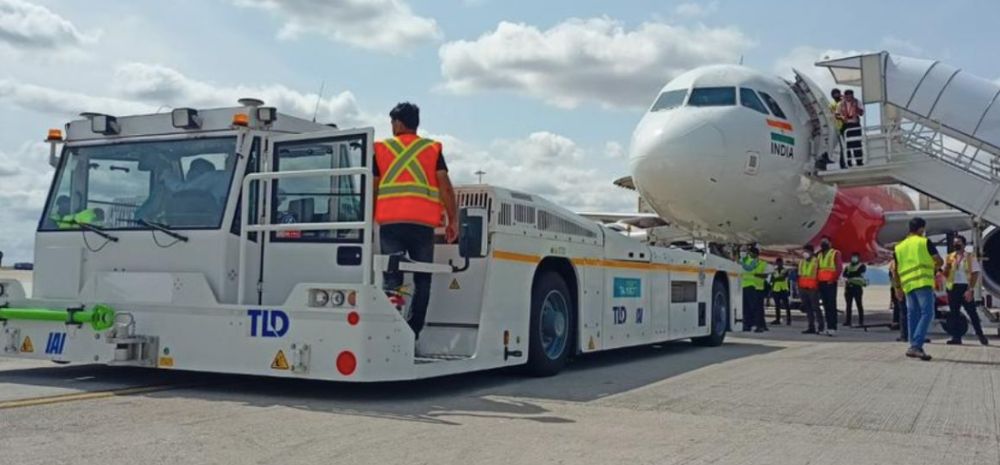India’s civil aviation sector is poised for rapid expansion over the next two decades, with projections indicating a need for 4,000 new aircraft and the development of 200 additional airports. As air travel in India continues to grow, this expansion is critical to meet the increasing demand for both domestic and international travel.

Current Landscape and Growth Potential
Currently, Indian airlines operate approximately 800 aircraft, with 1,200 more on order. This positions India among the fastest-growing aviation markets globally. According to Union Minister of Civil Aviation K. Rammohan Naidu, the number of airports has also seen a sharp increase, doubling to 157 in the last 10 years, with an additional 50 airports expected to be developed within the next five years. These developments are vital to sustain the anticipated growth in passenger traffic, which is expected to double in the coming years.
The Need for Infrastructure Development
Minister Naidu emphasized that India will require an additional 4,000 aircraft in the next 20 years to support the expanding aviation market. Furthermore, airports are being envisioned not just as hubs for travel but as centers for economic activity, job creation, and commerce. This focus on holistic development aims to strengthen India’s position in the global aviation industry, ensuring airports contribute significantly to the national economy.
Challenges and Solutions: Pilot Training and Manufacturing Plans
As the aviation sector grows, so do the challenges. Naidu highlighted the increasing physical and mental stress on pilots due to the surge in air travel. In response, the government is setting up state-of-the-art simulators to provide world-class pilot training, allowing for practice in realistic scenarios. These initiatives will ensure that India maintains high safety and training standards in line with international aviation norms.
Additionally, there are long-term plans to not only improve aviation infrastructure but also design and manufacture planes in India. This would be a significant step toward achieving self-reliance in aircraft manufacturing, positioning India as a hub for aviation technology.
Doubling Passenger Traffic
According to Civil Aviation Secretary Vumlunmang Vualnam, India’s air passenger traffic is expected to double in the next five years, reaching new heights from the 220 million passengers reported last year. This massive growth necessitates robust planning in terms of fleet expansion, infrastructure development, and enhanced operational efficiency.
The government is also collaborating with international players like Airbus, which is establishing a pilot and maintenance training center. This center will accommodate four A320neo Full Flight Simulators (FFS), providing advanced training facilities to support India’s growing aviation needs.













